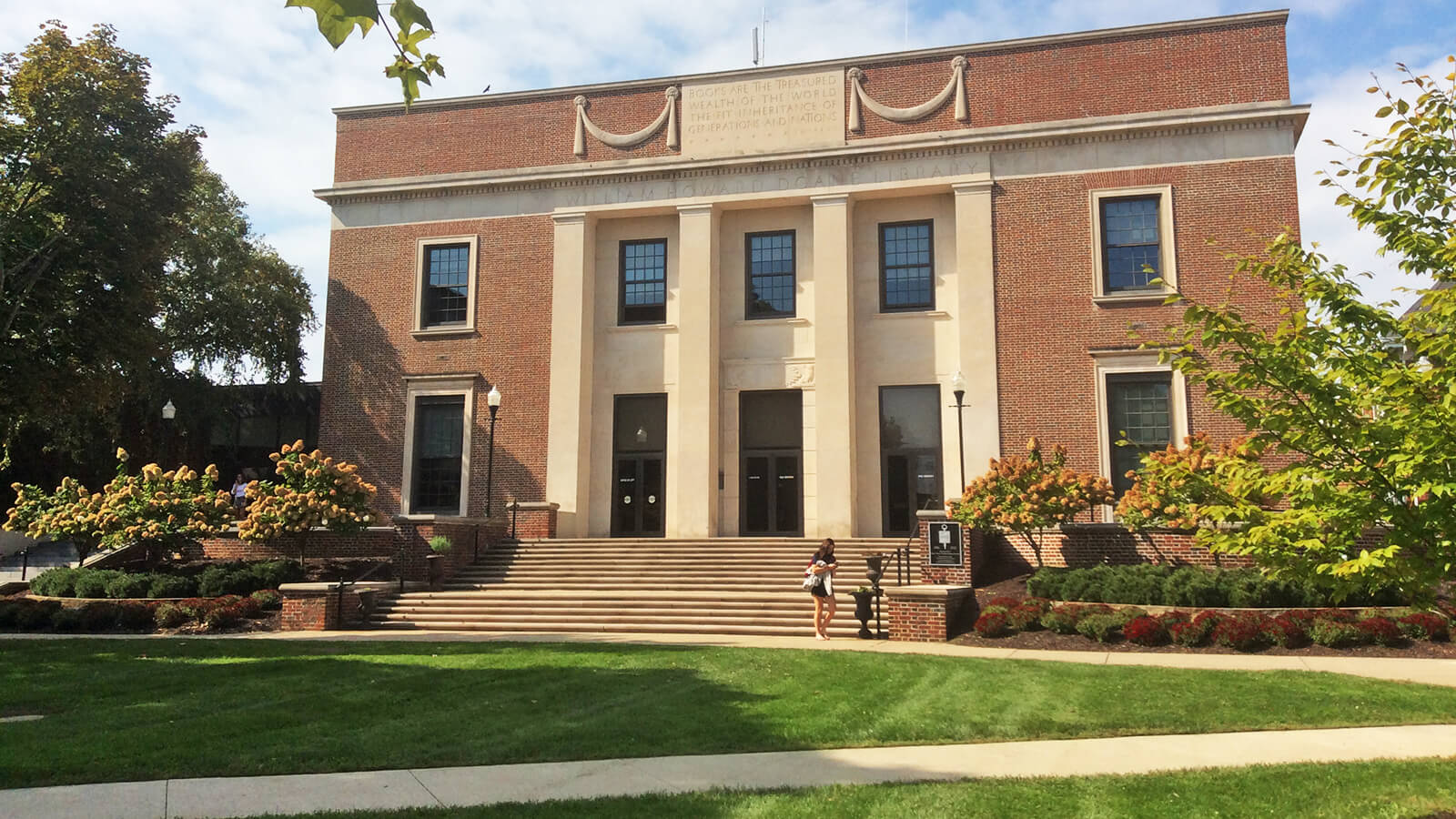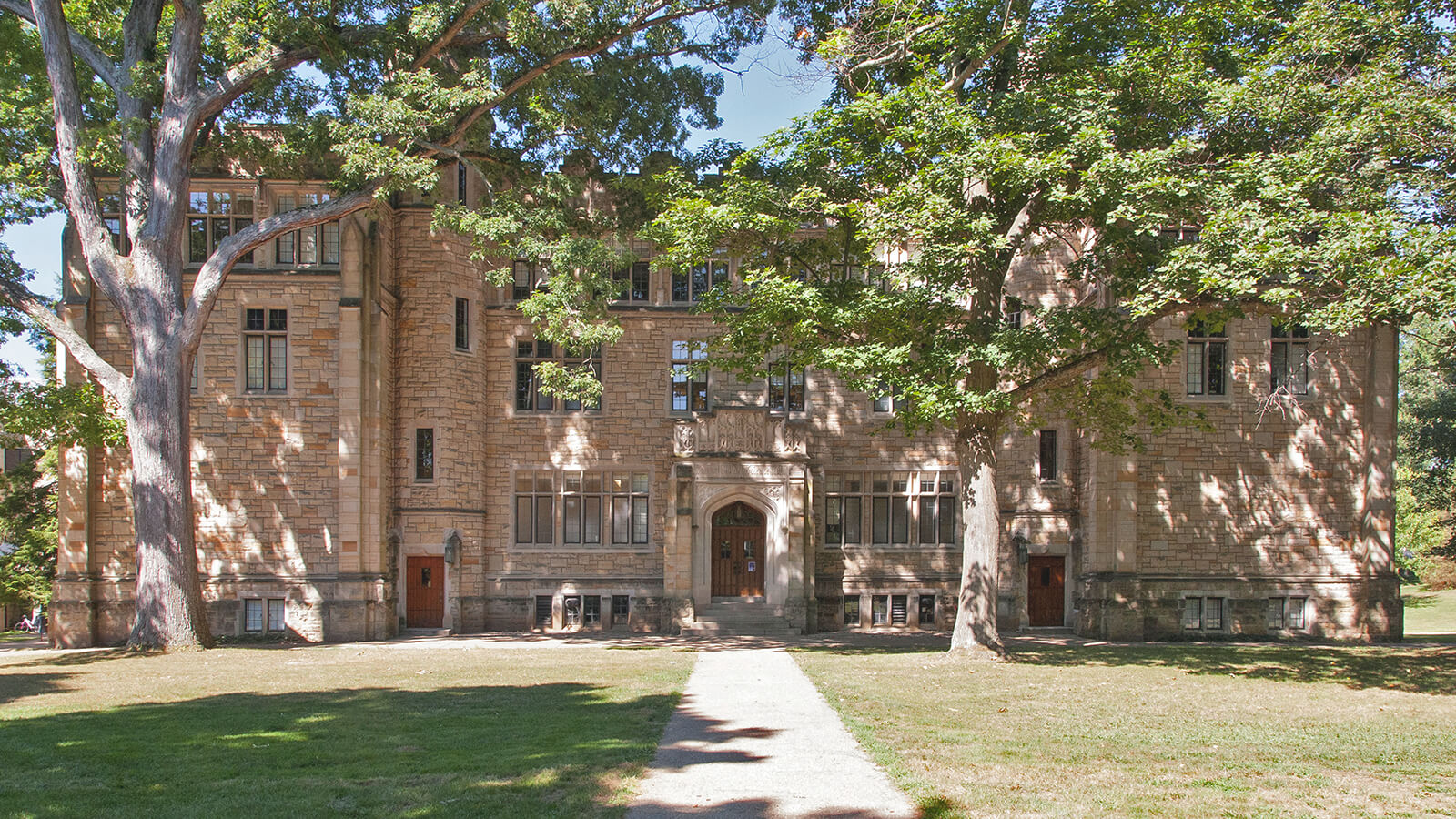The Simple Art of Demonstrated Interest in College Admissions

The college admissions process is made up of several components. The most prominent are the college application itself, test scores, transcripts, letters of recommendation, FAFSA, essays, and, most recently, demonstrated interest.
Demonstrated interest is really straight forward and it means exactly what it sounds like: it refers to demonstrating interest in the college you’re applying for. You may be asking, “but doesn’t my application sort of, you know, demonstrate that I’m interested?"
Yes. Yes, it does, but thanks to modern application platforms, colleges want to see more. To understand demonstrated interest you really have to understand why it was added to the college admissions process, so that’s where we’ll begin!
What is the point of demonstrated interest?
Demonstrated interest was borne out of this rather repetitive process of applying for multiple colleges. As students began applying for more institutions, new ways to apply, en bulk, began to appear as well.
The most famous one, with more than 900 colleges and universities, is the Common Application. At its core, the CommonApp makes it easier to apply to college by taking the redundant parts of applications — name, address, basic info — and applying it to all applications. It allows you to assign letters of recommendations with a click or two, and plenty more.
While applying to college would still never be considered “easy,” it’s been made easier by platforms like these. On top of that, students are applying to more colleges than ever. It’s more common to simply add one more application to the lineup, but, and here’s the thing, many colleges and universities get very protective of their acceptance and yield rates, especially when you get into selective institutions and up.
Without going into the calculus too much, basically, colleges don’t want to send out acceptances willy-nilly. They want to send acceptances to students who are truly interested to protect their yield rate. A yield rate is the number of acceptances sent out compared to the number that actually enroll — the closer those two numbers are, the more desirable the school.
This is where demonstrated interest comes into play.
What is demonstrated interest?
It’s exactly what it sounds like and is defined as — doing something that explicitly shows interest in a college, outside of the application. This can range anywhere from showing genuine curiosity about a school to full-on enthusiasm.
How to Demonstrate Interest in Colleges
Demonstrating interest in a college is super easy, honestly. It includes things that you may have already done off-hand! Things like:
- Follow and interact with the college or university on social media(s). Seriously. Simply following a college on Facebook, Instagram, or Twitter is considered demonstrating interest. It can have a dual purpose, too, since you can often tell a lot about campus activities from a school’s most-used social media page.
- Open and read emails. You may not be particularly interested in what that particular email has to say, but colleges use systems that let them know who opened what email, and even who clicked the links inside of it. If the email is from a college you want to get into, open it, click a link or two, and bam!, you’ve demonstrated interest.
- Attend informational sessions and webinars. Sign up for an informational session or webinar and attend. You just want your name to pop up on their screens.
- Visit the school. Whether you do this virtually or in-person doesn’t matter — again, you just want to be on the admissions office’s radar, and this is another way to do that.
- Use your essays. A lot of colleges ask the same essay questions (especially when using the CommonApp). Make sure that, even if you’re answering the same question, you’re individualizing those essays. Reference a specific class you’re excited to take at [insert school here], talk about a campus event or extracurricular at [insert school here], or talk about a professor you’re interested in taking courses from at [insert school here]. You can use the same meat and potatoes, but have some plug ‘n play portions to directly reference the school you’re applying to.
- Apply early. Early admission or even just applying earlier in the regular college admissions cycle can really cut short your application process, but it’s a surefire way to show interest — you put their application ahead of the others to secure a position. This isn’t the right option for everyone, but it’s worth considering whether early admission is right for you.
- Email an admissions officer. This one comes with a major caveat, though. Make sure you have a good question or reason for emailing. If you don’t, you’re just spamming the admissions office and they won’t look upon that too kindly. If you have a good reason, make sure you use an email with a professional address, use complete sentences, address the admissions officer correctly, and sign off with your full name.
None of these options for demonstrated interest are in any particular order, so pick and choose the ones that work well for you. Check off the low hanging fruits, like following the college on social media and opening emails, and then plot out a few more.
The one I would say is non-negotiable is using your essays. You should always personalize your essays for the school they’re being submitted to, and, if you don’t it right, that doesn’t have to be a huge lift.
Demonstrated Interest Colleges
Not all colleges consider demonstrated interest important. The National Association for College Admission Counseling (NACAC) puts out a report every year on the state of college admissions, and the most recent report cites that 13.7% of colleges consider demonstrated interest of considerable importance. Another 25.5% said that it has moderate importance.
Outside of the colleges listed below, there are plenty that also consider demonstrated interested when making admission decisions, but these colleges deem it either important or very important. On the plus side, it can’t hurt to show demonstrated interest, so may as well follow some social media accounts, open some emails, and join a webinar or two!
Remember: as much as you like feeling special, colleges and universities like to feel special, too!
Not all colleges disclose whether it’s important or not, but some do. The following are known to consider demonstrated interest in the admissions process:
A
B
C
D
E
F
G
H
I
K
L
M
And more include...
Oglethorpe University
Quinnipiac University
Reed College
Rensselaer Polytechnic Institute
Roanoke College
Samford University
Seattle University
Seton Hall University
Skidmore College
St. John’s College-Annapolis
St. John’s College-Santa Fe
SUNY, College of Environmental Science and Forestry
Susquehanna University
Syracuse University
The College of Wooster
Thomas Aquinas College
Trinity College
University of Arizona
University of Dayton
University of Evansville
University of Massachusetts-Amherst
University of North Carolina-Asheville
University of Tulsa
Wabash College
Washington University
Westmont College
Wheaton College (MA)





























